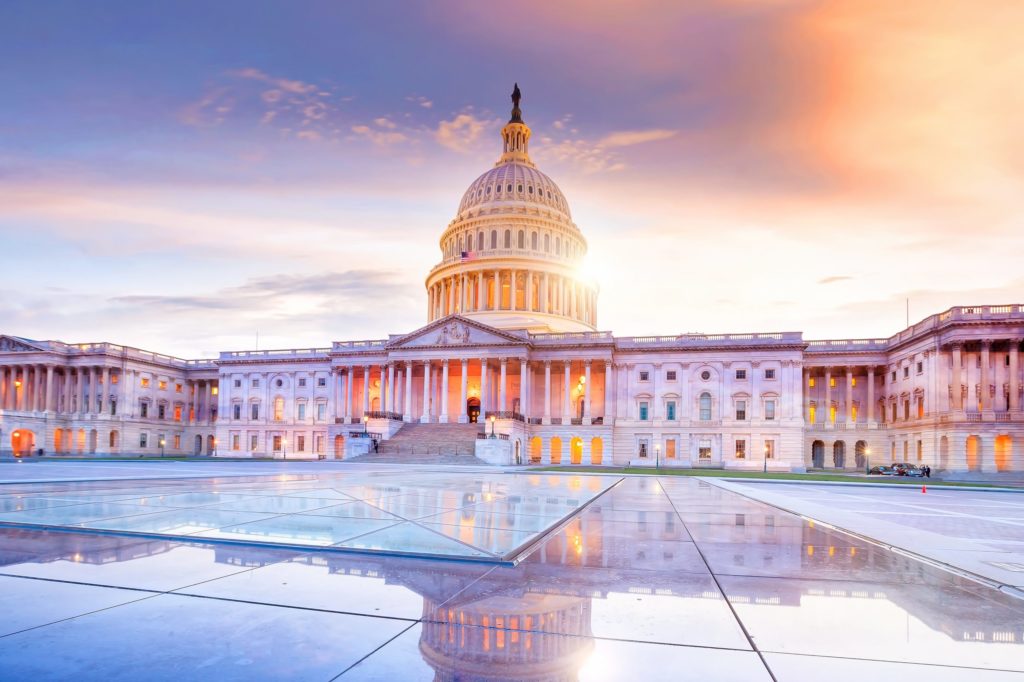Exit earmarks, enter lettermarks
The attached policy study was co-authored by Nicole Kalaf-Hughes, an assistant professor of political science at Bowling Green State University.
Before convening the 115th Congress, Republicans and some Democrats considered reinstating earmarks, also known as congressionally directed spending. By January 2017, however, this idea was off the table. Congress did not wish to be seen as engaging in self-enrichment amid the chants to “drain the swamp.”
Like any policy, the ban on earmarks comes with a cost — in this case, to the separation of powers and to the legislature’s productivity. Our recent research on lettermarking found executive agencies and the president now have wide discretion in the allocation of projects. Additionally, a recent study by John Hudak of the Brookings Institution concluded former President Barack Obama used this new authority to shift federal spending to swing states during the 2012 election and to vulnerable democratic Senate candidates during the 2014 midterm elections.
Thus, the ban on earmarking and the emergence of lettermarking has shifted decision-making authority to spend funds from the legislative to the executive branch, while also giving the president increased control over the electoral future of members of Congress.
Image by Erce









